The Okinawan diet is regarded as a key contributor to the improved longevity and health of the people of Okinawa, Japan – a region that boasts one of the top five longest-living and healthiest populations in the world.
Below is an insight into the Okinawan diet, its benefits, food choices, and considerations, as shared by Dr. Nguyen Thuong Hanh, a general internal medicine specialist at Bac Ninh General Hospital.
1 What is the Okinawan Diet?
The Okinawan diet is the traditional way of eating of the people of Okinawa, Japan. The main dishes consist mostly of familiar foods such as sweet potatoes, tofu, and small amounts of fish, pork, and other meats.
Additionally, the Okinawans embrace the philosophy that food is medicine and incorporate traditional Chinese medicine into their lifestyle by using various spices such as turmeric, mugwort, and other herbs in their diet.
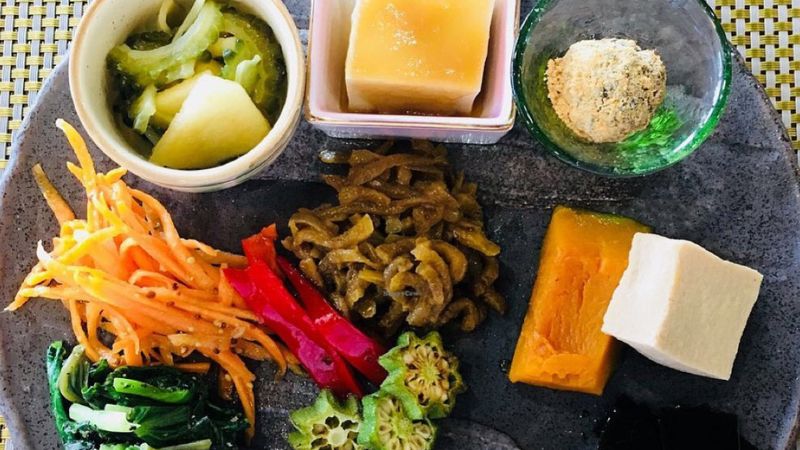 The Okinawan Diet
The Okinawan Diet
The modern Okinawan diet has been refined to include more components with higher protein and calcium content compared to the traditional Okinawan diet, which strictly adhered to low-calorie, low-fat, and high-fiber principles. Refined foods, fast food, and oily dishes are minimized in the Okinawan diet.
2 Benefits of the Okinawan Diet
Due to its emphasis on foods rich in nutrients and high in fiber, the Okinawan diet offers numerous health benefits.
Prevents Various Chronic Diseases
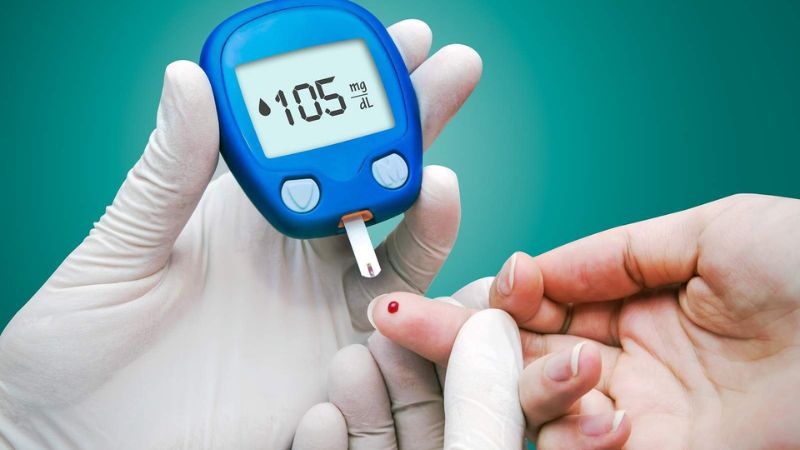 Prevents Various Chronic Diseases
Prevents Various Chronic Diseases
Built primarily on sweet potatoes and soybeans, the Okinawan diet effectively prevents diseases such as cancer, diabetes, and heart disease:
- Sweet potatoes are a significant source of calories in the Okinawan diet, providing abundant healthy fiber without causing a sudden spike in blood sugar levels during digestion.
- Nutrients like potassium, magnesium, vitamins B6 and C, and carotenoids are also essential nutrients that the body can absorb from sweet potatoes.
- The carotenoid plant compounds found in sweet potatoes and other colorful foods in the Okinawan diet have the potential to prevent heart disease, reduce inflammation, and prevent type 2 diabetes effectively.
- Soybeans, a staple in the Okinawan diet, offer substantial benefits in preventing chronic diseases like heart disease and certain types of cancer, especially breast cancer.
Slows Down Aging and Increases Longevity
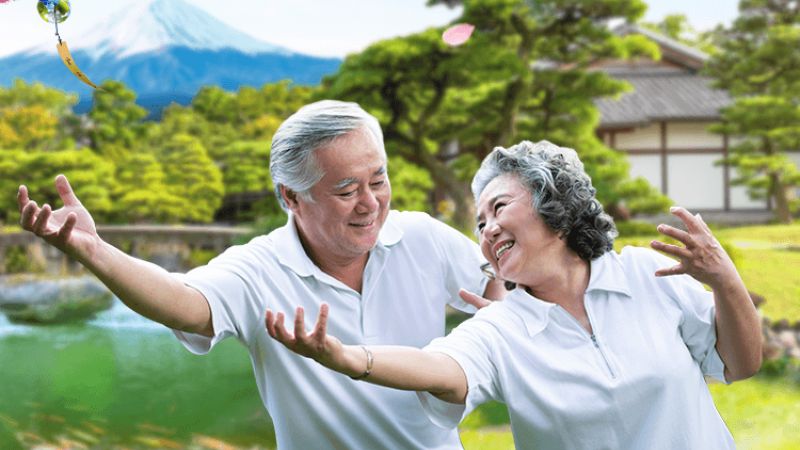 Slows Down Aging and Increases Longevity
Slows Down Aging and Increases Longevity
The average life expectancy in Okinawa, Japan, is 86 for women and 78 for men, with a significantly higher number of centenarians compared to other parts of the world. This is the most prominent benefit of this diet.
The abundance of antioxidants in almost all Okinawan diet foods protects cells from the damaging effects of free radicals, keeping them healthy and thus slowing down the aging process and increasing longevity.
3 How to Choose Foods According to the Okinawan Diet
The primary source of calories in the Okinawan diet comes from sweet potatoes, soybeans, whole grains, and fiber-rich vegetables instead of rice, as is common in many other places. To follow the Okinawan diet, it’s essential to understand how to select the right foods.
Foods to Include
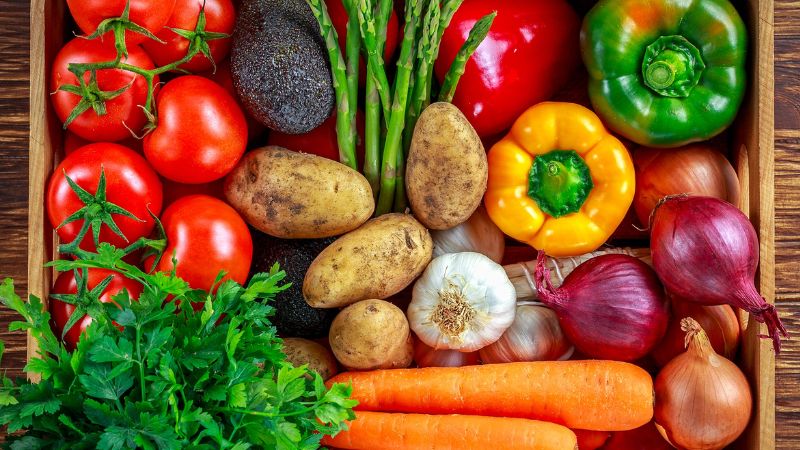 Foods to Include
Foods to Include
- Vegetables and Fruits: Vegetables and fruits make up 58-60% of the Okinawan diet, with sweet potatoes, bitter melons, seaweed, pumpkins, carrots, onions, and mushrooms being the most common.
- Whole Grains: Whole grains such as wheat, rice, and millet account for 33% of the Okinawan diet.
- Soy Products: Foods made from soybeans like tofu, miso paste, and boiled soybeans make up 5% of the diet.
- Meat and Seafood: This food group constitutes 1-2% of the diet. White-fleshed fish is the preferred choice, and pork is occasionally included. Meat and seafood are typically consumed 3 times a week.
- Other Foods: Tea, jasmine tea, and turmeric powder are commonly chosen and make up 1% of the Okinawan diet.
Foods to Avoid
 Foods to Avoid
Foods to Avoid
- Processed Meats, Bacon, and Charcuterie: Products like bacon, salami, and beef and poultry are to be avoided when following the Okinawan diet.
- Dairy Products: For this diet, milk, cheese, butter, yogurt, and other dairy products are not recommended.
- Packaged Foods: Highly processed packaged foods like cookies, breakfast cereals, and refined sugar should be limited.
- Avoid Most Legumes Except Soybeans: The Okinawan diet restricts the consumption of most legumes except soybeans.
- Quite a few types of nuts and seeds also fall into the category of foods to be avoided when following the Okinawan diet.
4 Considerations When Adopting the Okinawan Diet
 Considerations When Adopting the Okinawan Diet
Considerations When Adopting the Okinawan Diet
Any diet has its limitations, and those considering adopting it should be well-informed beforehand.
Lack of Diversity
The Okinawan diet restricts many nutritious and healthy foods for the body, such as fruits, nuts, and dairy products – significant sources of minerals, vitamins, and potential health boosters. This restriction may lead to a lack of diversity in the diet or a deficiency in certain essential nutrients, depending on individual body constitutions.
The lack of diversity in food choices may make it challenging for some individuals to stick to the diet, especially in the initial stages, as they may quickly feel bored or discouraged.
On the other hand, some of the foods included in the Okinawan diet are not easily accessible or commonly available, which can make it challenging to source the necessary ingredients.
High Sodium Content
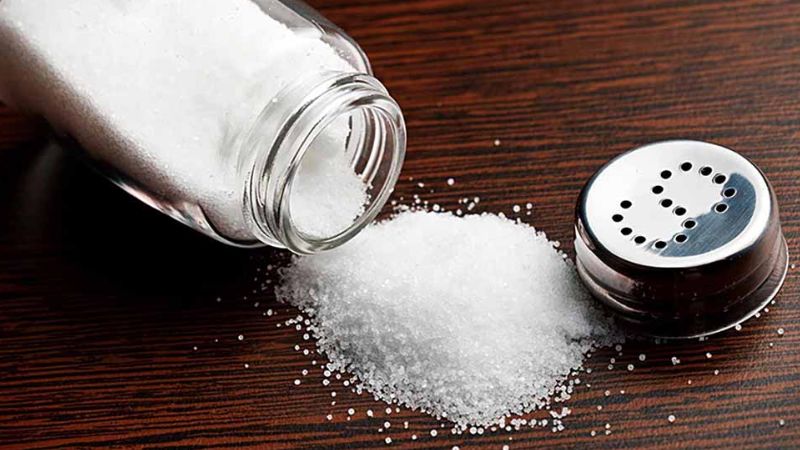 High Sodium Content
High Sodium Content
This is considered the most significant drawback of the Okinawan diet. According to the American Heart Association, sodium intake should be less than 1500mg per day for individuals with high blood pressure and below 2300mg per day for healthy individuals. However, some versions of the Okinawan diet contain up to 3200mg of sodium per day, which can be detrimental to those with hypertension.
On the positive side, this diet contains a significant amount of potassium, which can mitigate the negative effects of sodium, helping the kidneys eliminate excess fluid more efficiently and improve blood pressure control.
It is essential to consult a nutrition specialist before adopting the Okinawan diet to ensure it aligns with your personal health needs and does not cause any adverse effects.
Combine with Physical Activity
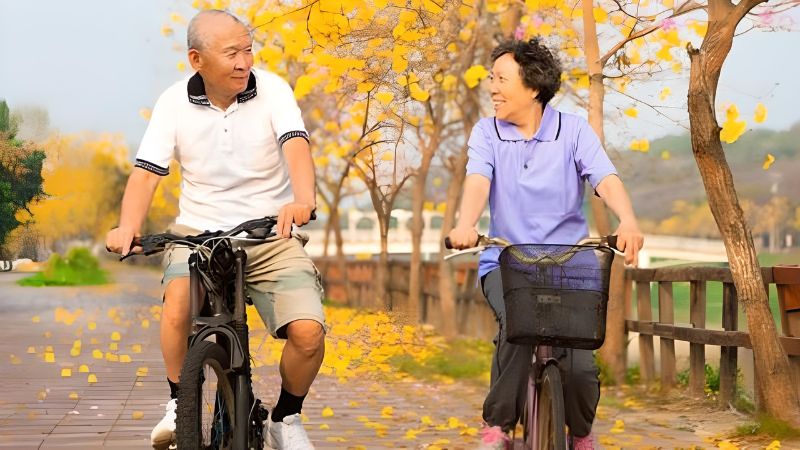 Combine with Physical Activity
Combine with Physical Activity
To fully reap the benefits of the Okinawan diet, it’s crucial to combine the dietary choices with physical activity and exercise to improve overall health. This combination is the key to achieving the longevity and good health enjoyed by the people of Okinawa.
The Okinawan diet is a valuable and beneficial practice for improving health and increasing longevity. We hope this article has provided you with a comprehensive understanding of the Okinawan diet, and don’t forget to follow us for more informative content!
Reference: Hellobacsi Health Portal






































